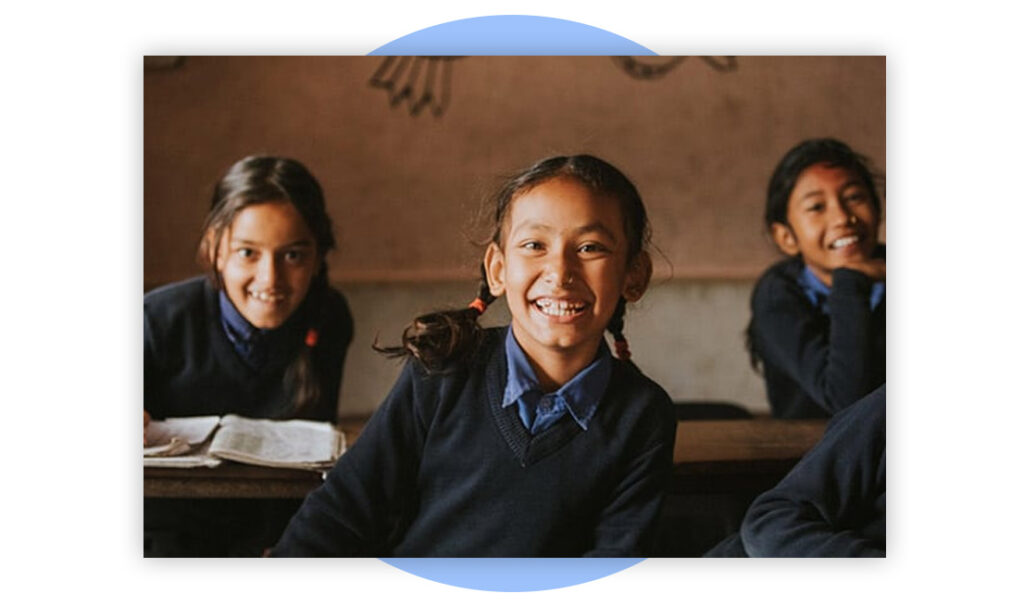Lori Shao • July 12, 2019
This week, Social-Emotional Learning (SEL) made headlines as the House of Representatives approved $260 million in funding for “whole child” programs in the Department of Education.
The funding would cover areas including grants for innovations dealing with students’ “social, emotional, and cognitive well-being,” teacher professional development, and helping schools hire more counselors and mental health professionals.
The congressional proponents of the bill include Rep. Rosa DeLauro (D-CT), as well as Democratic Presidential candidate Rep. Tim Ryan (D-OH) who has made SEL a key area of focus for his campaign’s policies on education.
While the provisions for SEL programs is part of a larger spending bill that will still has to be approved by the Senate (you can read the bill in its entirety here), the consideration and inclusion alone of SEL in a major spending bill marks an important milestone for the process and its proponents.
What is Social-Emotional Learning (SEL)?
According to the Collaborative for Academic, Social, and Emotional Learning (CASEL), Social and emotional Learning is the process through which we:
-
understand and manage our emotions
-
maintain healthy relationships
-
set positive goals
-
and make responsible decisions
SEL is embodied in five core competencies: self-awareness, self-management, social awareness, relationship skills, and responsible decision-making.
In the classroom, SEL programs focuses on teaching students cognitive, social, and emotional skills. Common cognitive lessons include organization and memorization tasks, common social lessons include conflict resolution and collaboration, and common emotional lessons include anger management and dealing with frustration.
Why is Social-Emotional Learning important?
According to a wide body of research, SEL is much more than just a feel-good supplement to standardized classroom education.
Better Grades (and more)
An analysis of 213 studies involving more than 270,000 students indicated that students who participated in SEL programs saw an 11 percentile point increase in their academic performance compared to the students who did not participate.
Another study reviewed 82 SEL programs and showed that the students involved had higher graduation rates, and lower rates of the bad stuff like STD diagnoses and arrests:
High ROI
Based on a study from the Teachers College at Columbia University, the average return on investment is $11 for every $1 spent on SEL programs. This is especially important for an American public education system that needs every dollar it can get.
Better Adult Outcomes
A study published in the American Journal of Public Health indicated statistically significant associations between the SEL skills taught to kindergarteners and a decreased likelihood of ending up in public housing or receiving public assistance.





